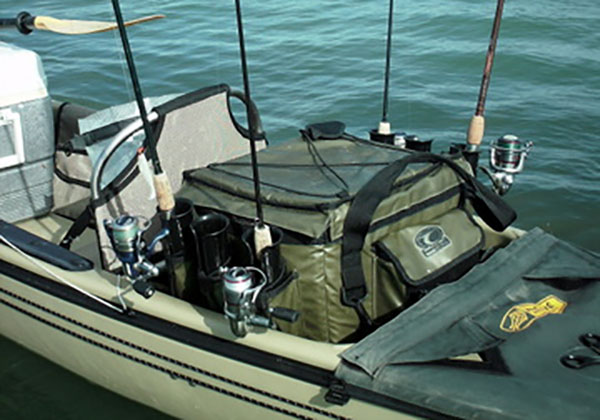Neil Taylor, capmel.com
Equipping and Setting Up Your Kayak
In the quest for kayak fishing efficiency there are just a few decisions you need to make to simplify your “system” and make things easier on yourself. Below is a checklist of items to consider to make this entire situation easier and have fewer problems in your kayak fishing experience. It is a list of possible tackle and rigging choices and ways to make your entire experience easier as you add components to your kayak.
There are a few exact principles I subscribe to that will make things much easier for you. The very biggest “Everything has its place.” Determine where that is and stick to it. Time searching for gear is wasted fishing time. Another one I teach and preach: there are only two places for your equipment: In your car or in your kayak. Placing items on the ground, on top of your car or otherwise you may get distracted and leave things behind. This can be an expensive mistake. No in-between: In your car or in your kayak, nowhere else!
Never overlooking safety, heed the suggestions below to prevent being in precarious situations on the water.
The initial rigging for your kayak:
• The rod holder- Probably the very first consideration. The appropriate placement of rod holders is for easy access first and a very close second “where the reels will not get wet.” Elevated rod storage is imperative.
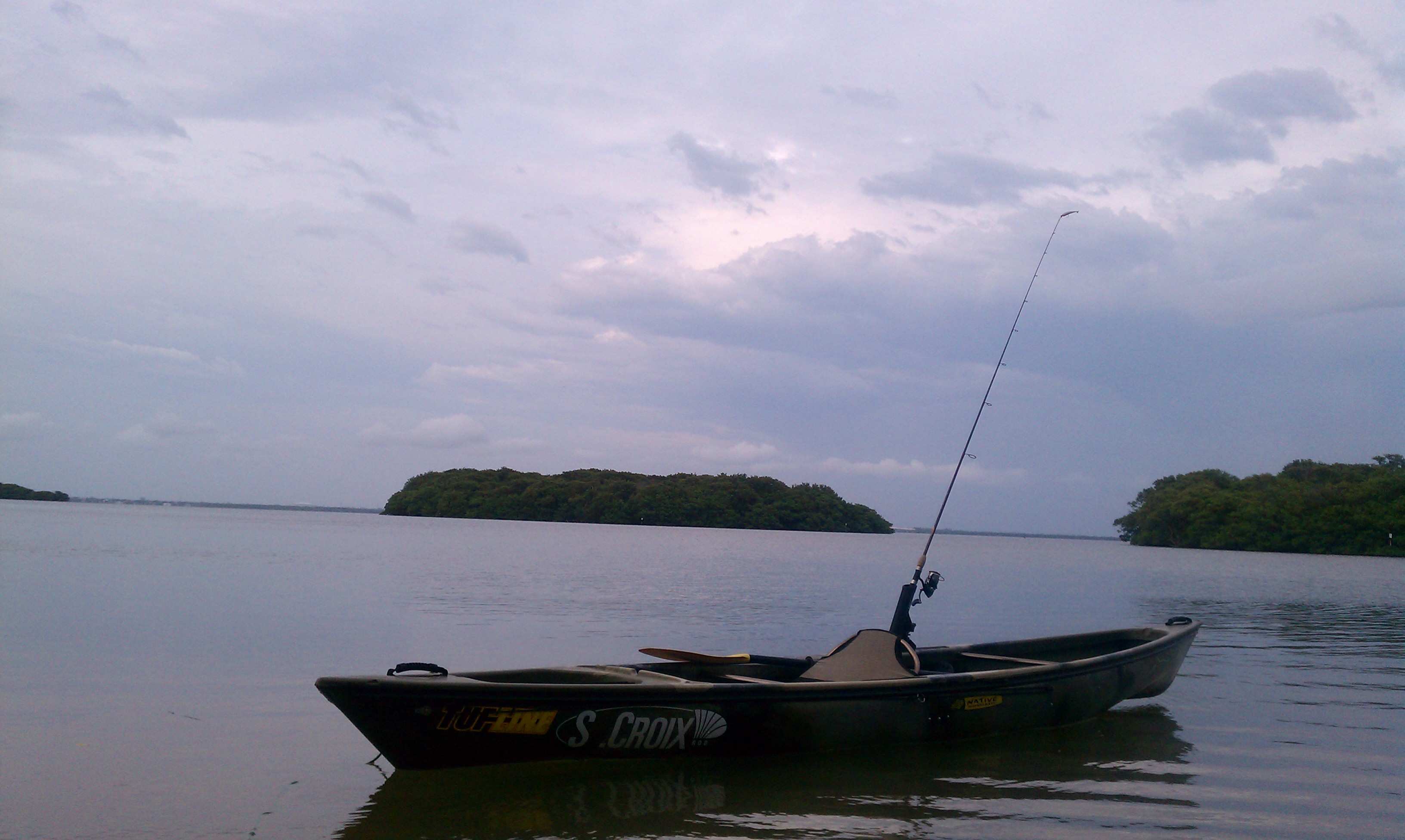
• The fishing buddy or a milk crate. This may cover the item above. Many crates have rod holders. The crate system is the ultimate organizer. Instead of spending ten minutes in setup and breakdown, the crate should minimize the time spent getting ready or leaving the launch. The crate is something that holds
• The anchor trolley: Main line, tensioner, ring, pad eyes and marine adhesive. The anchor trolley is incredibly useful for easily fishing “directly forward” in your kayak.
• A “wade line” is an option and can be built into the trolley system, allowing the angler to dismount the boat and wade while having the kayak float along with them.
• Scotty mount bases are an option but these days most kayaks have built in accessory rails, ready for products like Yak Attack accessories.
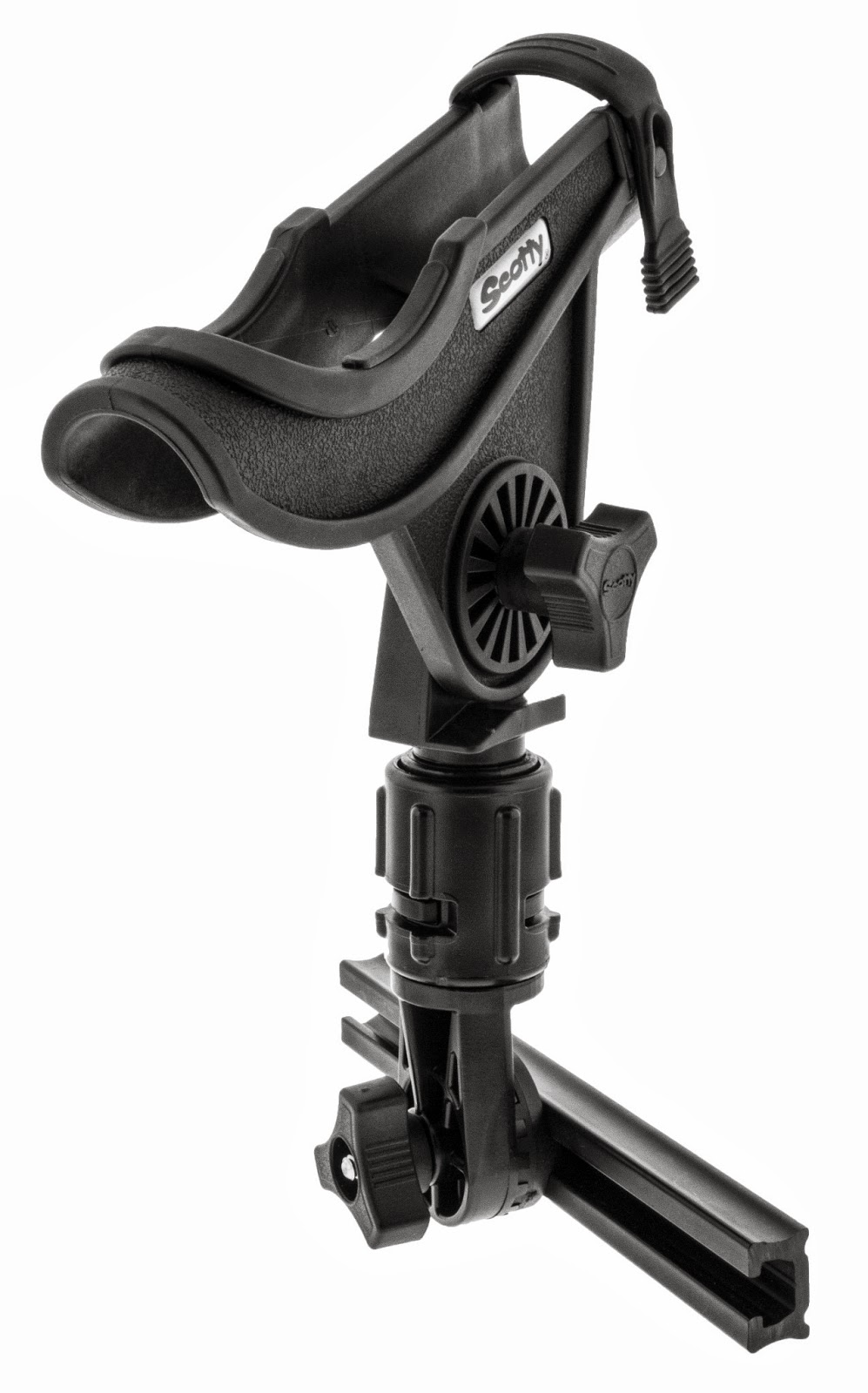
• Paddle holder or leash: Completely unnecessary if you properly secure your paddle whenever you exit the boat. The likelihood of losing your paddle while seated in your boat fairly low, make it a habit to place your paddle somewhere that it is impossible for it to escape when you are not in your kayak.
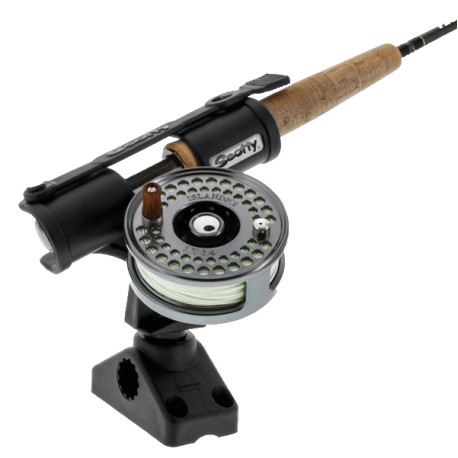
• Cleats? To me, only if you want to do “quick lashdowns” for things like towing another angler away from something. Placement of cleats should always be where they will not catch on clothing.
• Outriggers. An option for added stability, not something most people will do.
• Sails. Probably one of the biggest gimmicks in the kayak fishing world, an unlikely accessory.
• The checklist: A kayak isn’t going anywhere without a paddle. The number one mistake, ruining the day: The paddle that is back at home in the garage. Make sure you take along everything you need every time out but the paddle is paramount.
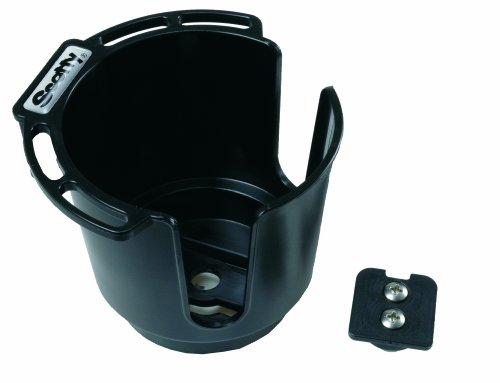
Equipment: Being legal
o The personal flotation device: Auto inflate versus vest. The standard vest, in the state of Florida, having on board makes you legal. If using the auto-inflate, you must be wearing it at all times.
o The signaling device: The daytime signaling device- Whistle. A horn would also qualify but a whistle attached to every PFD you own: When you throw that vest in any kayak it is legal for daytime operation.
o Nighttime operation, a 360 degree light for signaling: A flashlight qualifies. Take along the appropriate battery backups for every light and take along backup lights in the event that one or more light sources fails.
Equipment: Fishing and other
Dry bags (cell phone, access to rescue). The dry bag is a perfect home for car keys, cell phone, wallet and other items that you do not want to touch water. If the cell phone is your only access to civilization, go ahead and buy a dry case for it eliminating the need to have it in the dry bag. A VHF radio is even better for getting help in emergencies. Channel 16 is reserved for these situations.

Anchor: Standard, use the 3-pound claw anchor with a significant amount of rope. Carry extra rope in your crate if needed. Lighter anchors are dangerous and will not hold in wind or current. Clipping your anchor to the trolley system is safer that running the rope through an anchor ring.
Drift chutes: An option for slowing down a drift. Deployed with string and the same length string as the length of your kayak this will kill drift speed in windier situations
Supplies: First aid, peroxide, bug spray, sunscreen, jacket, spare batteries, flare gun, snacks, water, sunglasses case, lens cloth and spare spools for major tangles. Review and maintain your supplies. Replace items that are used up so they’re always there for you. The crate system is a great organizer. Separate dry bags can also be utilized for things like spare clothing (i.e.: rain jackets).
Measuring board: Finding out if you catch is legal for harvest or for documenting fish for catch and release tournaments, you want something that you can easily store out of the way and is sturdy enough to stay in place while capturing the photo.

Harvesting a fish? The Fish bag or cooler is your first purchase. Tying a fish off to a stringer, you are going to have some amazing stories to tell if you live to tell it. There are probably fewer things more terrifying than witnessing an actively feeding shark. Magnify this by 1000 when it is attached to your kayak. Don’t do it. There are insulated cooler bag options if a hard body cooler does not fit on your craft. A dead fish on a stringer in hot water half the day probably isn’t that great to eat anyway.
Fishing rods: Consider starting at a length of 7 feet. You want to be able to negotiate the bow of your kayak when a fish changes directions near your boat. Shorter rods this will be more difficult.
Tools: Do you need small screwdrivers for certain things? For fishing reels, being able to take out the bottom screw and then shooting silicone spray in the screw hole will loosen up some reels that are sticking.

Live well? A majority of kayak anglers use lures but there are livewell systems for kayaks. Me? I use a 5 gallon bucket with holes drilled in the upper 1/3 and cable tie a section of pool noodle around the rim. With a snap lid this will help transport bait but it must be dropped over the side regularly, particularly in the warmer months.
Fish finder? It is your rod and reel with a lure on it. Fish finders have applications in other venues but not in Florida west coast kayak fishing.
Depth finder? My depth finder is also called “a paddle.” I stick it in the water and how far down it goes before it stops, that is the depth.
Normal questions- Individual choices: No, no and no if you ask me. I use artificial lures. If I was going to use live bait I would put it in a custom bucket that I would keep in the water. My “fish finder” is a St Croix rod, Daiwa reel with a lure on it. If I get a strike I have found the fish. Individual choices, will you simplify? You don’t have to. If you do, the directives here are for efficiency. Every choice away from this reduces efficiency.
The “Working Area” and other storage ideas
My “storage” is my crate. While fishing, I do not have everything stored. Items I use regularly have their place (remember the “theme” in the intro?) What I call The Working Area is the cockpit of the kayak underneath my legs “in plain reach.” Braid Scissors, pliers, The Fish Grip, leader line, spare lures, sunscreen and maybe a knife are items I will place strategically in this area. Back to efficiency, if I need to use it that much, it is best that I can get to it quickly. Prioritized, everything has its place: The most used items in the working area, the next most needed items should be at the top of the crate. The least used items should be at the bottom of the crate. Review and maintain your supplies. The crate system is a great organizer. Items to consider: The Watertrail Fishing Buddy and the Yak Attack Black Pak.

Advanced organizing: Look up a company called Tackle Webs to “create access.” Mike Ortego’s idea is brilliant: Utilize the outside of the crate or cooler, the back of the seat. This eliminates “digging” and creates more “exact places” for you to find what you need. In the pouches I have I keep fly boxes, bug spray and tools.
You need to come up with your own system, with the exact location of everything you take with you. Do it, live it and love it!
More on this subject: TACKLE STORAGE
Neil Taylor is a full time kayak guide specializing in Instructional Kayak Fishing. Based in the Tampa Bay area, the skills you learn you can take anywhere to use for your fishing and kayak fishing.
Neil Taylor
Owner and guide: www.strikethreekayakfishing.com
(Cell) 727-692-6345 LivelyBaits@aol.com
Owner and site administrator: www.capmel.com
- The Neil Blog… - July 26, 2023
- The Catfish - July 26, 2023
- update - July 22, 2023
